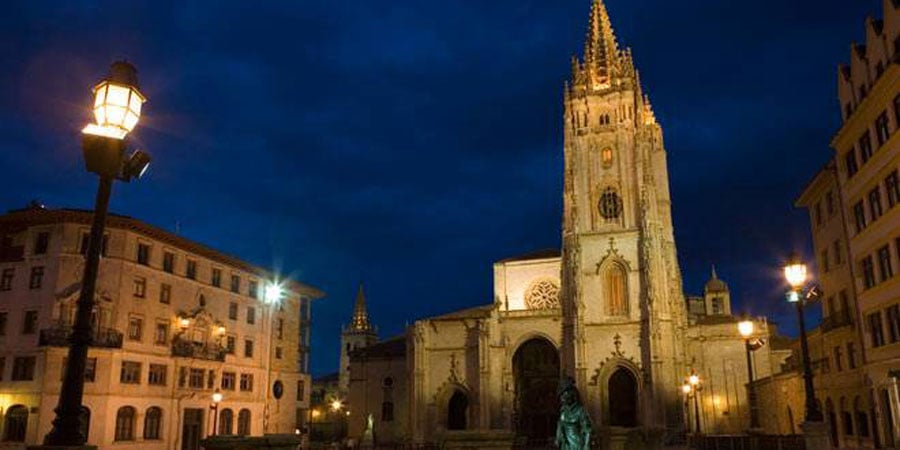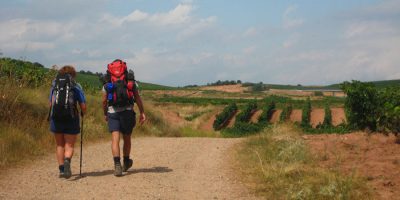The Camino de Santiago is one of the most famous pilgrimage routes in the world. Pilgrims have walked it for over a thousand years. Cities grew along its most travelled route, the Camino Francés, shaping much of northern Spain. Today, people from all corners of the globe walk or cycle to Santiago de Compostela. But the question remains: where does the Camino start?
The answer is not straightforward. The Camino can begin in many places. There are several recognised Camino routes, each with many possible starting points. Some pilgrims begin far away, walking for weeks. Others begin closer to Santiago de Compostela, walking for just a few days. One of the most popular Camino starting points is the town of Sarria. Located 111 kilometres from Santiago, it is just enough to earn the Compostela certificate.
Each route has its own charm. Pilgrims choose where to start their Camino based on time, interest, and the kind of journey they want.
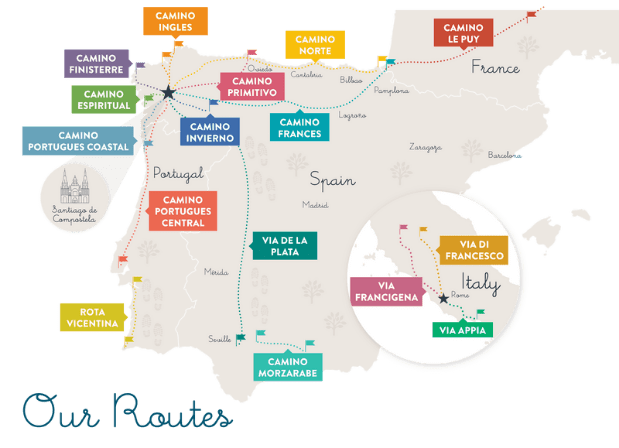
The Classic Camino Francés
Sarria: The Most Popular Starting Point
Sarria is the most common Camino start among modern pilgrims. It is conveniently located and easy to reach by public transport. The distance from Sarria to Santiago meets the minimum required to receive a Compostela. It also offers many places to stay, eat, and rest. The Camino from Sarria passes through quiet villages and lush countryside. For those short on time, this is an ideal Camino start.
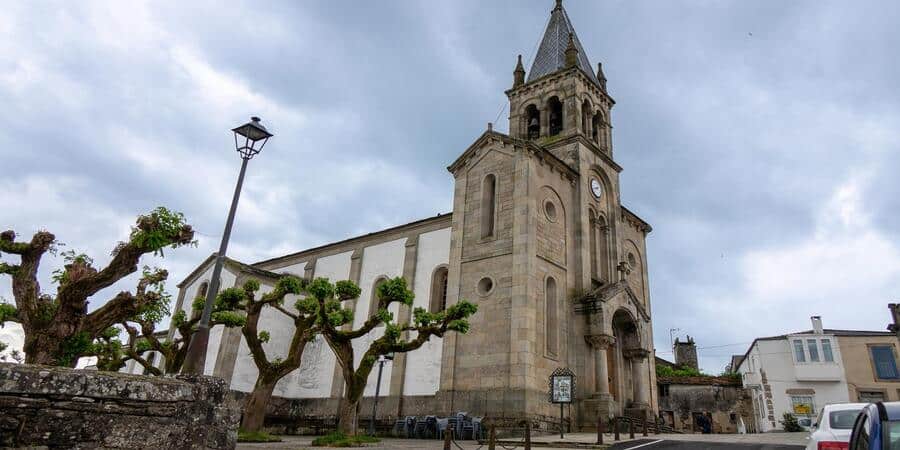
St. Jean Pied de Port: The Traditional Long Route
St. Jean Pied de Port in France is the traditional Camino starting point for the full Camino Francés. From here, the trail stretches about 800 kilometres to Santiago. Pilgrims cross the Pyrenees and continue through northern Spain. This route includes cities like Pamplona, Burgos, and León. It usually takes around five weeks to walk. Many pilgrims choose this route to experience the full spiritual and cultural journey.
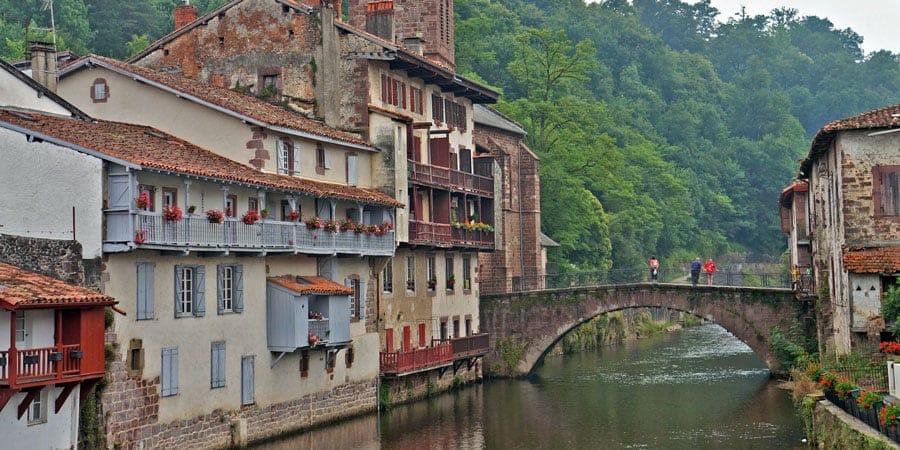
Other Popular Camino Routes and Starting Points
Pilgrims throughout history created their own routes to Santiago. Those who lived far from the Camino Francés followed different paths. These routes are still walked today. They are all part of the larger Camino de Santiago network. Each one offers a unique experience. All end in the same sacred place—Santiago de Compostela.
Camino Portugués: From Lisbon and Porto
The Camino Portugués starts in Lisbon and travels north through Portugal. Another common Camino starting point on this route is Porto. This trail passes through forests, small towns, and scenic landscapes. In the 13th century, Queen Isabel of Portugal made her pilgrimage along this path. Today, it remains one of the most travelled Camino routes. The trail is peaceful and full of natural beauty. Porto is especially popular because it offers a manageable distance and excellent infrastructure.
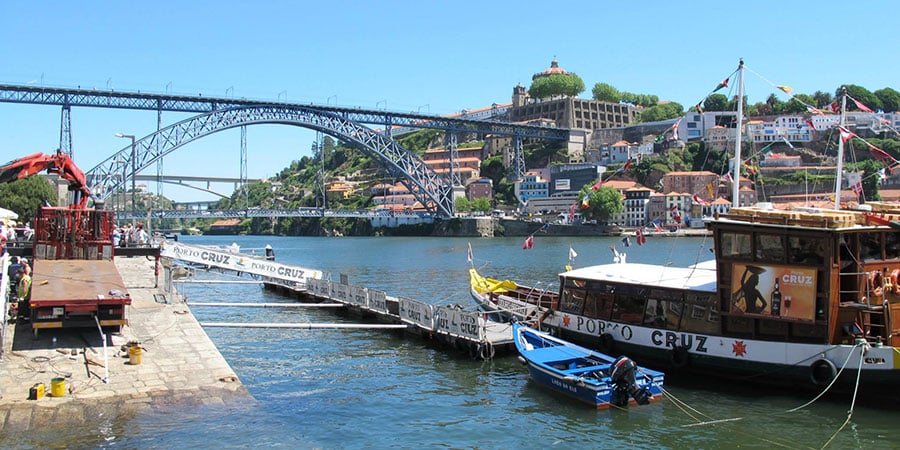
Camino Inglés: From Northern Galicia
The Camino Inglés was used by pilgrims from the British Isles. They arrived in northern Galician ports like Ferrol or A Coruña. From there, they walked the rest of the way to Santiago. Today, Ferrol is the more popular Camino starting point because it meets the required distance for the Compostela. This route is shorter and quieter than others. It is perfect for pilgrims with less time. It also offers a deep sense of tradition and purpose.
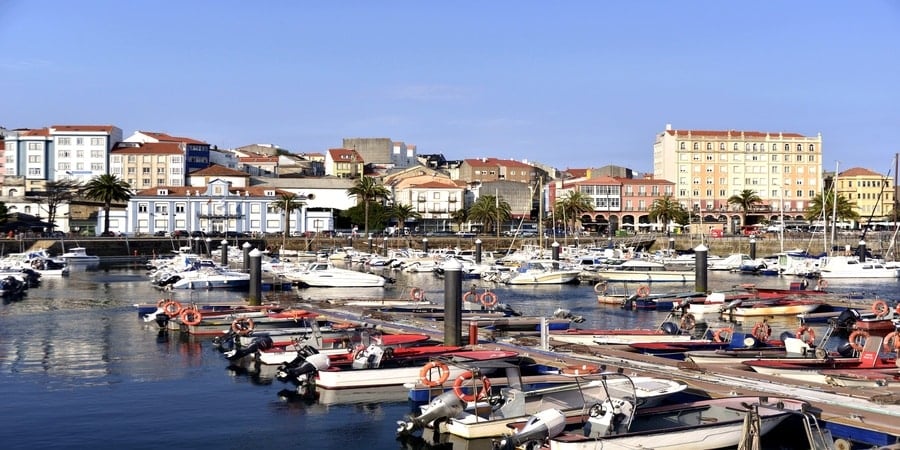
Camino del Norte: Coastal Journey from the Basque Country
The Camino del Norte starts in the Basque Country and follows the northern coast of Spain. It offers some of the most beautiful coastal views of any Camino. Pilgrims pass through green hills, fishing villages, and beaches. This route was once used by those who arrived in Spain by sea. Today, popular Camino Inglés starting points include San Sebastián, Bilbao, and Santander. The trail is quieter than the Camino Francés and suited for experienced walkers.
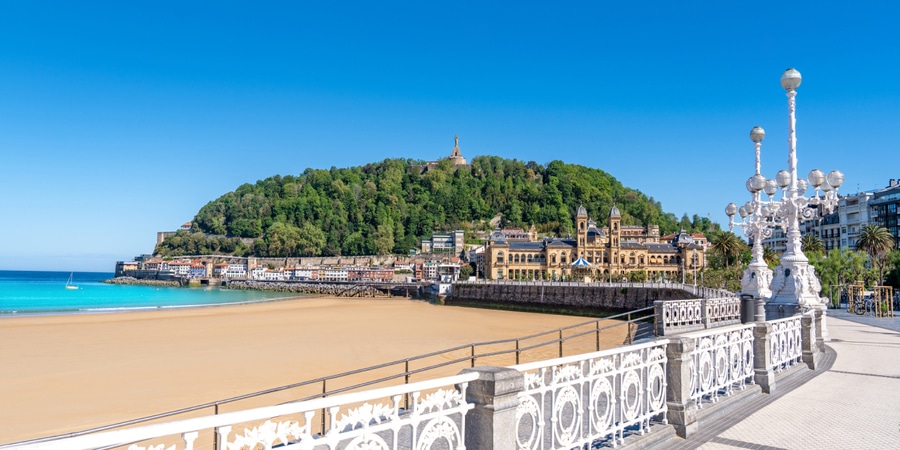
Camino Primitivo: The Original Way from Oviedo
The Camino Primitivo is the oldest known Camino route. It begins in Oviedo, in the Asturias region of Spain. This was the route followed by King Alfonso II in the 9th century. He travelled to confirm the discovery of Saint James’s tomb. The trail is mountainous and more challenging than others. It offers peace, solitude, and raw natural beauty. The Camino starting point in Lugo appeals to those seeking a traditional and less crowded experience.

Vía de la Plata: From the South of Spain
The Vía de la Plata, also known as the Camino Mozárabe, begins in Seville. It stretches across Spain from south to north. This was the route used by pilgrims from southern Spain and beyond. It is one of the longest Camino paths. Today, many start in Ourense, which is the final 100 kilometres of the Vía de la Plata route. This Camino starting point offers a peaceful, scenic path with fewer crowds. The trail winds through rolling hills and quiet villages.
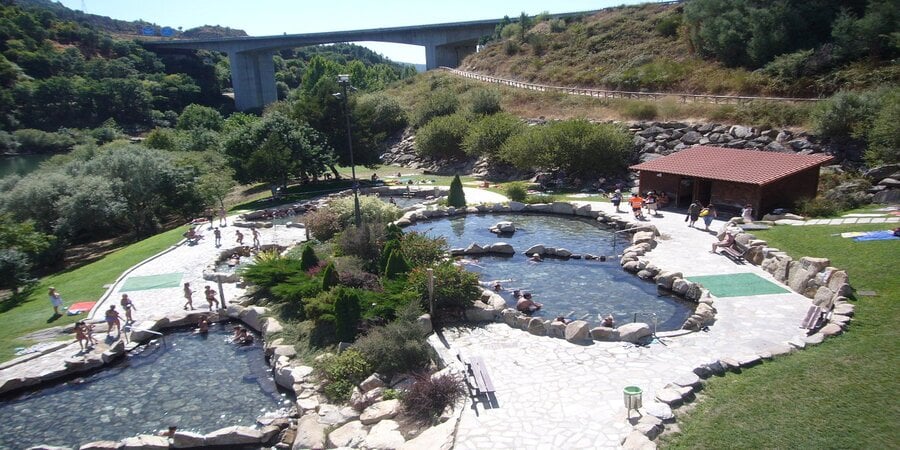
Choosing Your Camino Start
So where does the Camino start? The answer depends on you. It depends on how long you want to walk. It also depends on how remote or social you want your journey to be. Some people seek a physical challenge. Others look for spiritual growth or cultural discovery. There is no wrong place to begin.
Each Camino starting point has something special to offer. Some routes are flat and easy to walk. Others are steep and demanding. Some paths are busy and full of fellow travellers. Others are quiet and solitary. You should also consider how easy it is to get to your starting point. Some cities are well connected by train or bus. Others may require more planning.
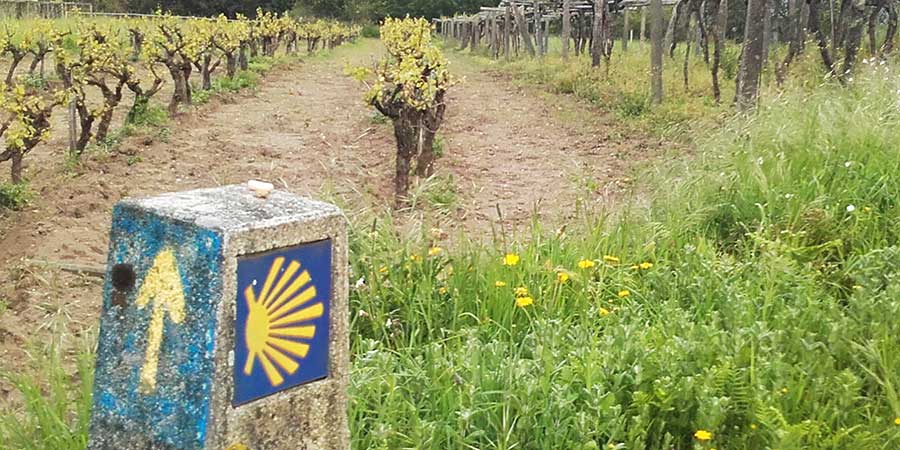
Every Camino Start is a New Beginning
Every Camino is the beginning of a new chapter. Whether you walk five days or five weeks, the journey is meaningful. Pilgrims come from all over the world, just like they did hundreds of years ago. The landscape, the people, and the stories will stay with you long after the walk is over.
Some pilgrims begin for religious reasons. Others walk for peace, healing, or personal growth. No matter the reason, every journey is unique. Each Camino starting point leads to the same destination—Santiago de Compostela. But the real value is in the journey itself.
Final Thoughts
The Camino is not a single road. It is a network of ancient routes woven into the history of Europe. Cities and paths evolved over centuries as pilgrims travelled toward Santiago. Today, the question “Where does the Camino de Santiago start?” has many valid answers.
You can start in Sarria, Porto, Oviedo, Seville, or Ferrol. Each Camino route offers something different. But they all offer connection, challenge, and beauty. Every path eventually leads to Santiago. And each journey leaves lasting memories.
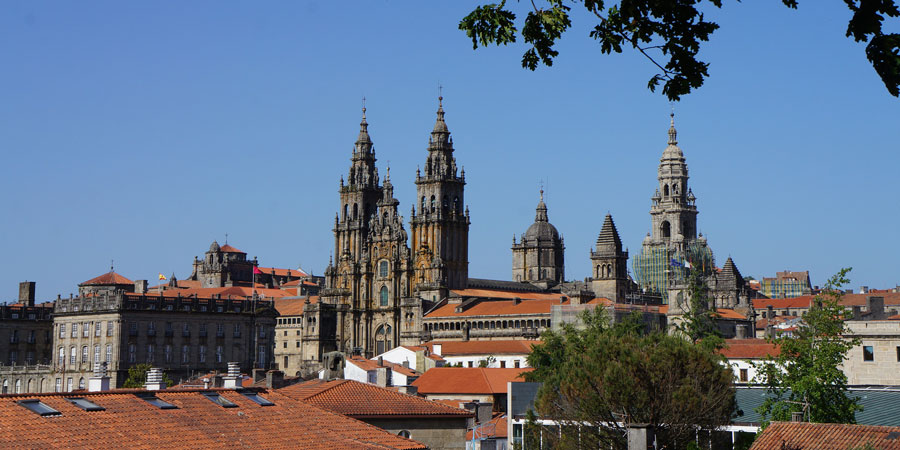
Where will your Camino start?
Whether you prefer a short walk from Sarria or a longer route from Porto or Oviedo, your journey should match your time and interests. Use our Camino Planner to customise your trip and see your quote instantly—it’s the easiest way to plan your perfect Camino start. Contact us if you’d like help.
